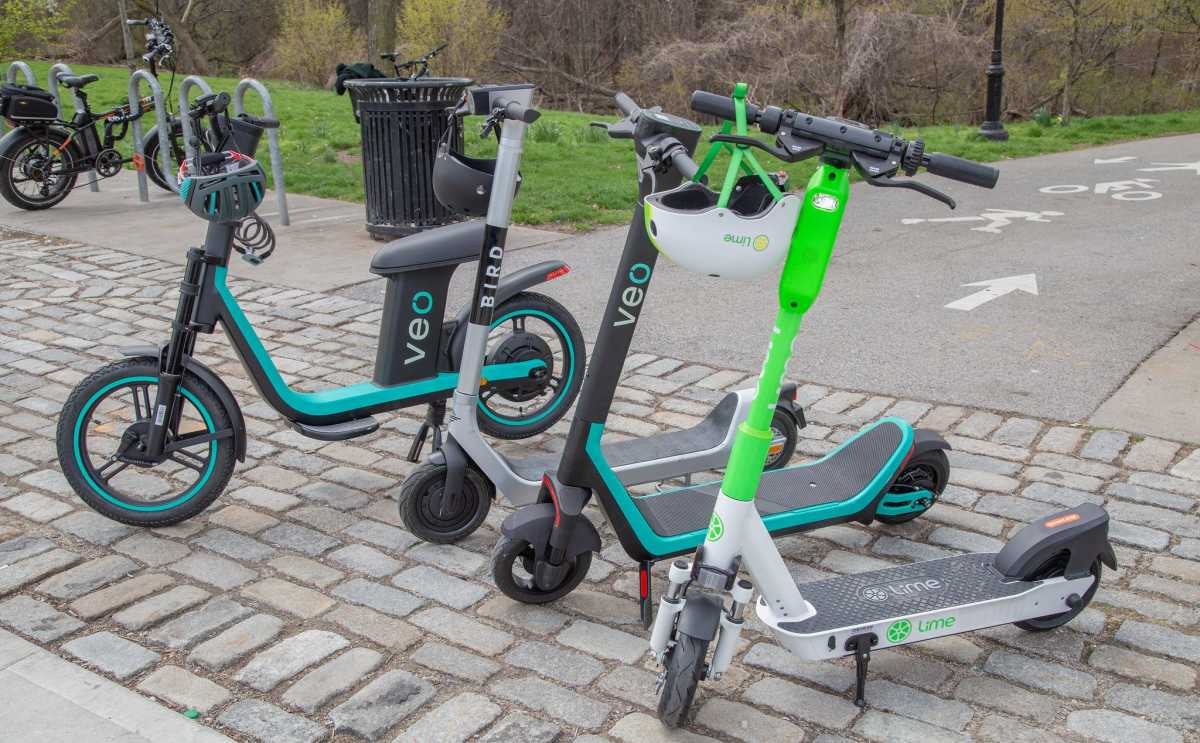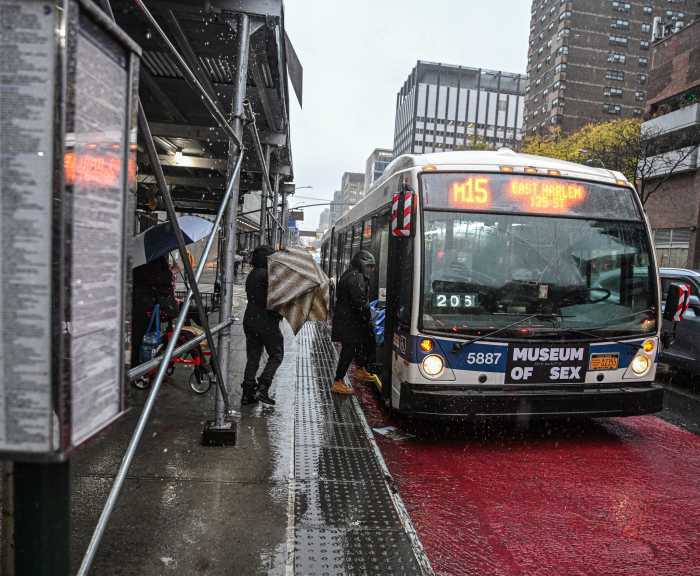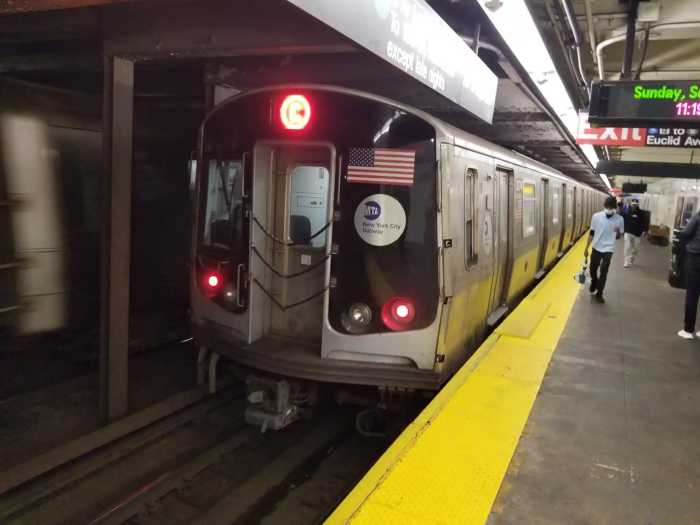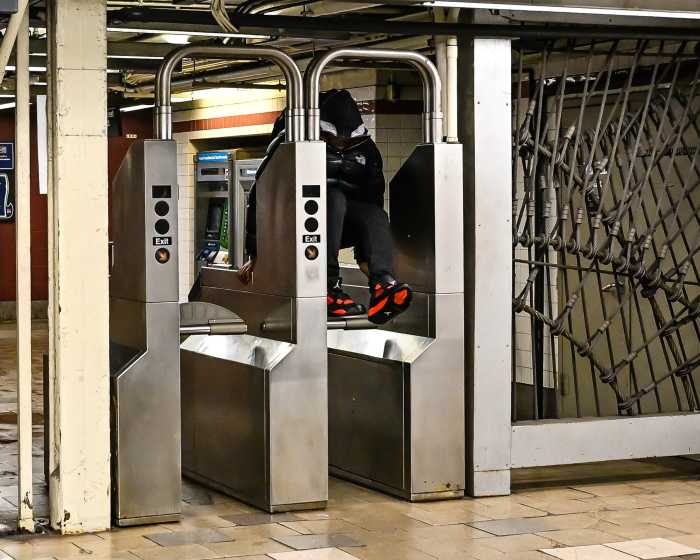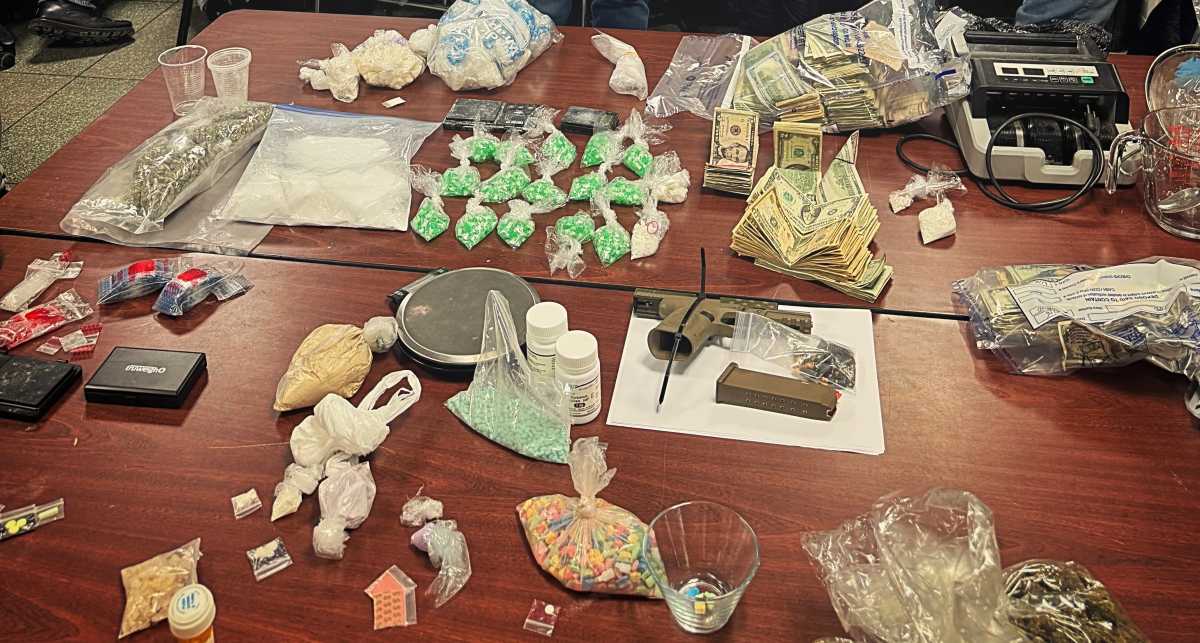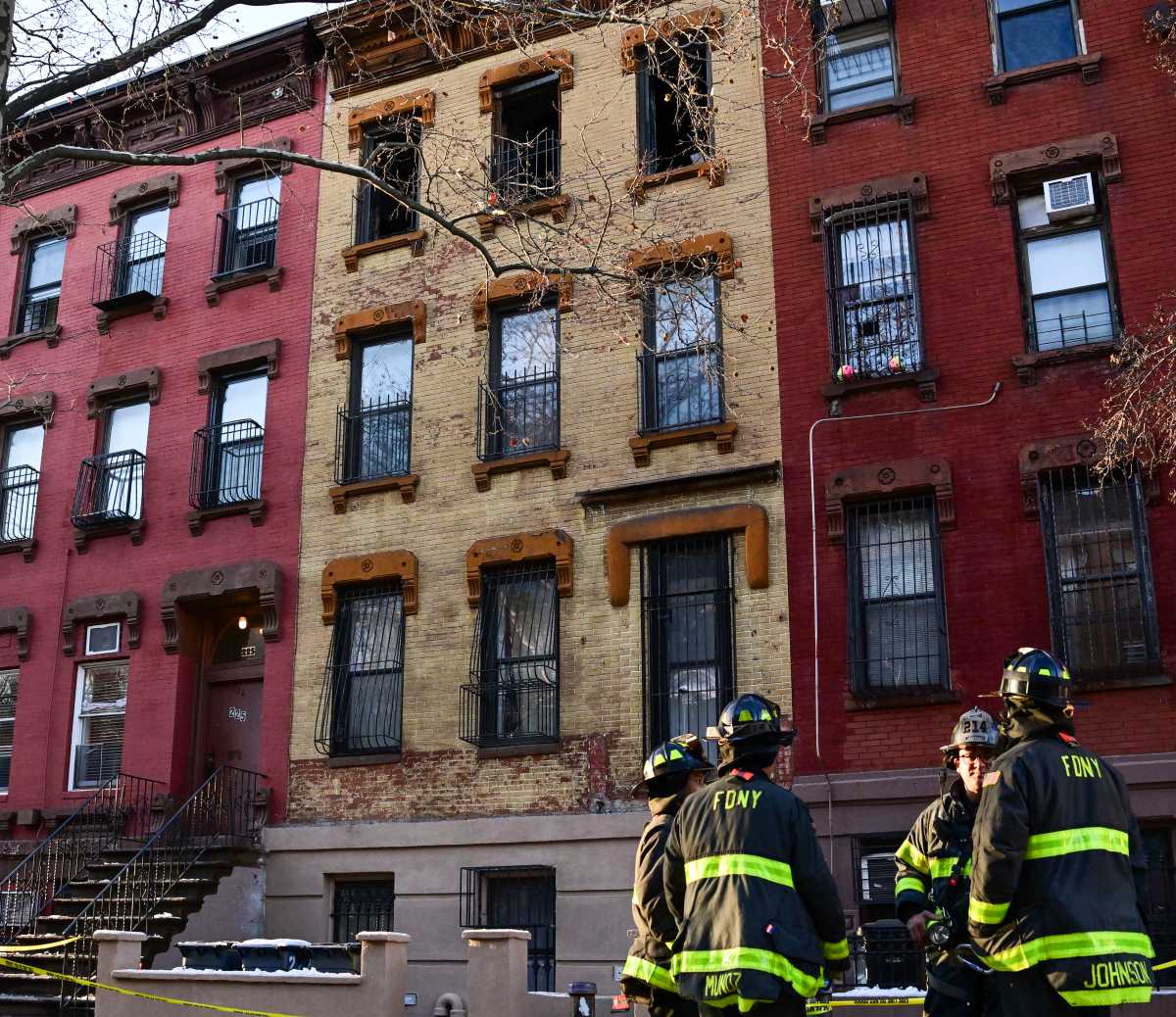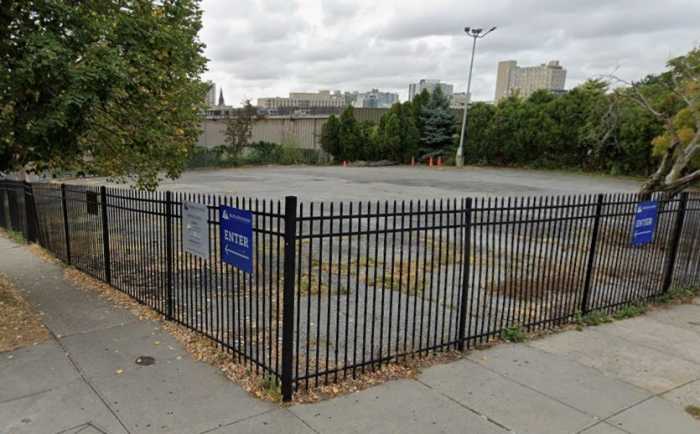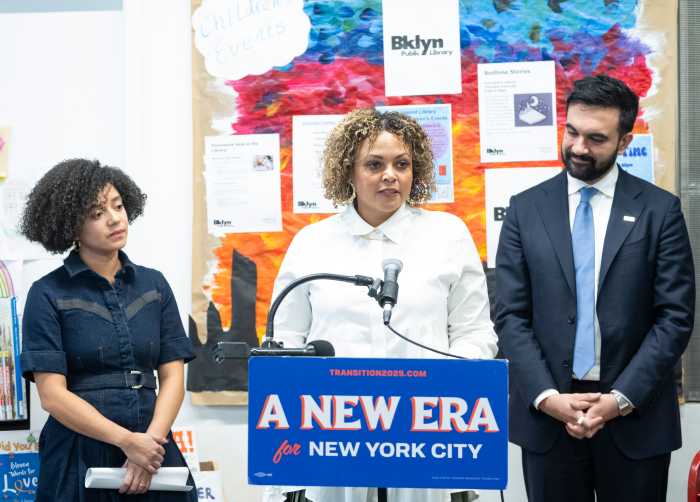New York City is set to expand its e-scooter share pilot program to several neighborhoods in eastern Queens this summer, three years after launching the program in the Bronx with the aim of expanding micro-mobility to new corners of the five boroughs.
The city’s Department of Transportation (DOT) exclusively told amNewYork Metro that the expansion of the pilot, announced last year, will commence at the end of June across four community boards in eastern Queens, all of which are in reaches of the city with relatively limited access to the subway.
The pilot will extend from Flushing and Auburndale in the north, past Kissena Park through Fresh Meadows and Hillcrest, passing through Jamaica, Briarwood, and Hollis, and reaching down to St. Albans, Rochdale Village, and Springfield Gardens just north of John F. Kennedy Airport. The pilot area will cover about 20 square miles.
The expansion comes after three years of operation in the eastern Bronx, where 3.8 million trips have been logged by 157,000 unique users, DOT says. All three scooter companies participating in the Bronx pilot — Lime, Veo, and Bird — will join the pilot’s expansion in Queens.
“We are very excited for this summer’s arrival of e-scooter sharing in Eastern Queens following our successful East Bronx pilot, where nearly 4 million rides have been taken since August 2021,” said DOT Commissioner Ydanis Rodriguez. “This expansion is an equitable way to bring a popular, safe, and environmentally sustainable mode of transportation to underserved neighborhoods in Queens, and we look forward to continuing our work with these communities as e-scooter share expands.”
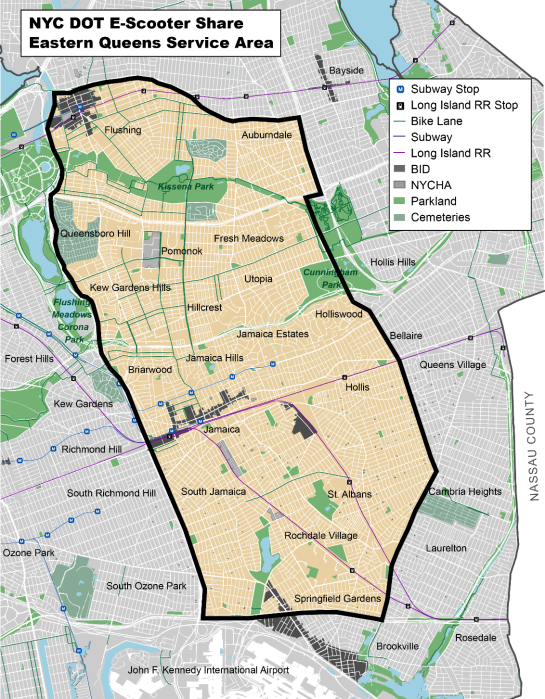
In addition to lacking transit, the Queens pilot areas also are not served by Citi Bike. Both DOT and the MTA have been seeking to promote bikes and scooters as a solution to the “last mile” of commutes, especially where trains might stop far away from one’s home.
“Bronx riders demonstrated shared e-scooters can work in the Big Apple, using them to connect to work, school, and public transit. We’re excited to expand to Queens to continue building new connections, including north and south, and beyond the end of subway lines,” said Nicole Yearwood, Lime’s senior manager of government relations. “We’re eager to continue our listening tour in eastern Queens neighborhoods over the coming months to provide the best possible service in the World’s Borough.”
Each scooter costs $1 to unlock and has variable pricing per minute of the ride, at 39 cents for Veo, 42 cents for Bird, and 50 cents for Lime. Rides typically cost less than $5.
Discount fares are also available for low-income residents using government assistance programs like SNAP or NYCHA residents; in line with the pilot’s ambitions, discount riders have taken more than twice as many trips per capita as regular-fare riders, DOT said in a 2022 progress report on the Bronx pilot.
Unlike Citi Bikes, the scooters are capable of being parked anywhere, though the DOT designated “corral” zones along busy commercial corridors in the Bronx and said they “reduce clutter and obstructions” when users park their scooters within them. In the progress report on the Bronx pilot, DOT said 24% of scooters were “improperly” parked, namely in a way that obstructs the sidewalk.
Scooters can be parked in the “street furniture” part of a sidewalk, where decorative aspects like street trees or bus stop benches are sited, but cannot obstruct the right of way for pedestrians. In some of the densest commercial areas of the Bronx pilot area, scooters must be parked in corrals. The agency will begin installing corrals in Queens early next month ahead of the pilot launch.
No deaths and few serious injuries have been reported for riders of scooters in the pilot program. DOT credits that to built-in safety features like an in-app safety quiz, age verification, and a feature that restricts beginner riders to daylight hours and traveling at less than 10 miles per hour for their first three trips.
The scooter expansion comes even as the industry at large faces tough times. Bird, for one, had been valued at $2.5 billion before the COVID-19 pandemic but struggled to recover from the lockdown, and in December of last year filed for bankruptcy protection. Lime, however, has defied the industry trend and posted a $90 million EBITDA (earnings before interest, taxes, depreciation, and amortization) profit last year.



